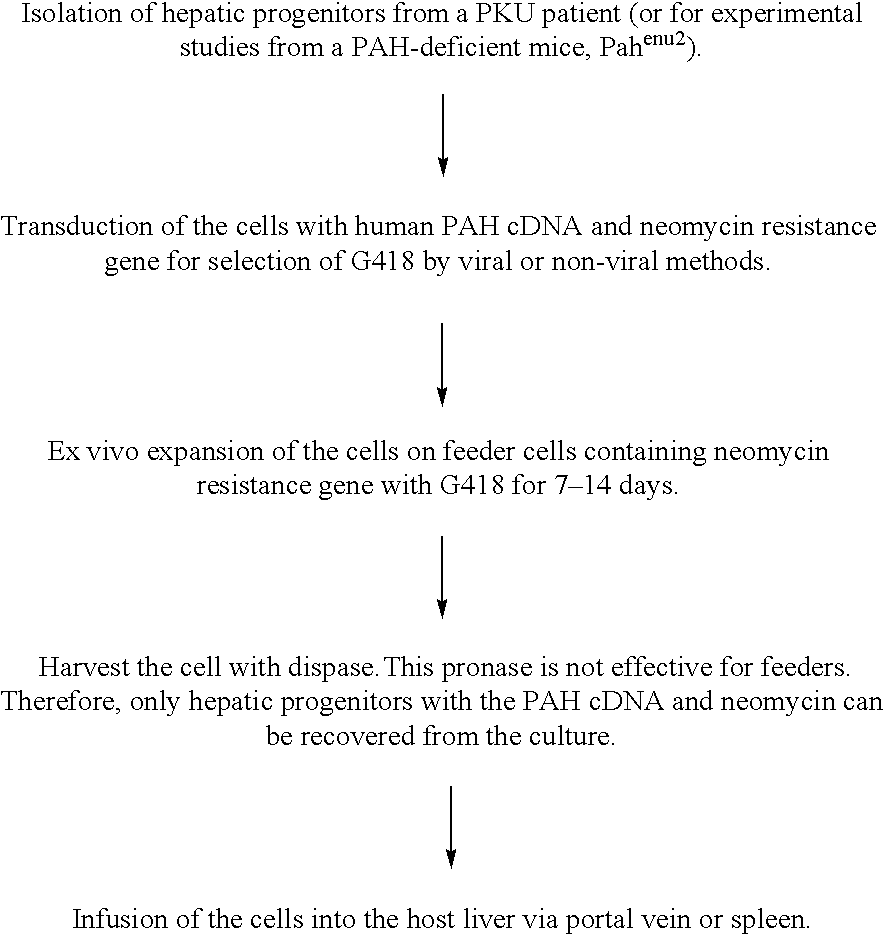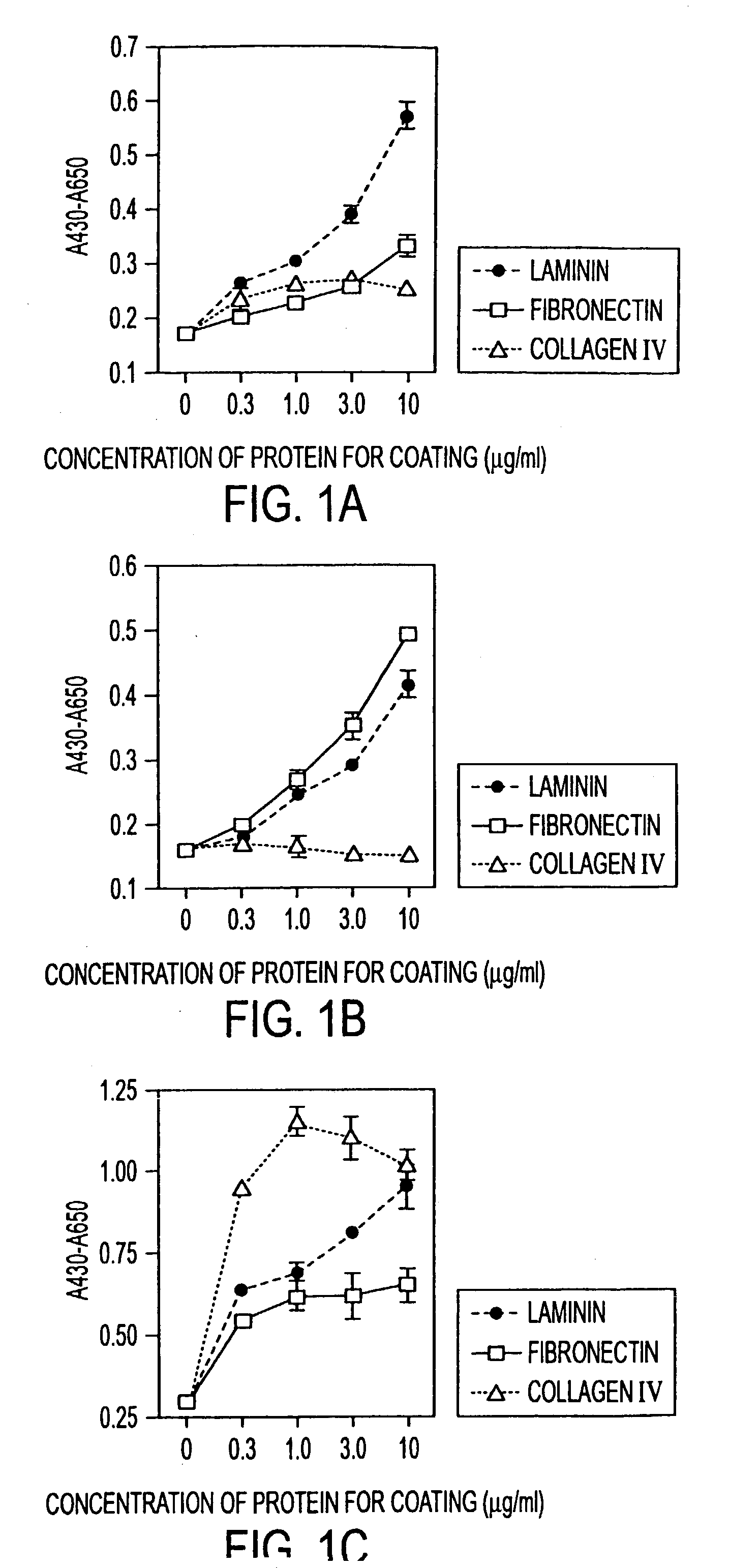Methods of isolating bipotent hepatic progenitor cells
a hepatic progenitor cell and hepatic technology, applied in the field of new cell surface markers, can solve the problems of inability to test for bipotent cell populations, inability to detect biliary epithelial cells, and inability to detect hematopoietic cells, and achieve the effect of high side scatter in flow
- Summary
- Abstract
- Description
- Claims
- Application Information
AI Technical Summary
Problems solved by technology
Method used
Image
Examples
Embodiment Construction
[0028] The instant invention is a process for isolation of progenitor cells and a composition comprising progenitor cells. In one embodiment, the invention is a process for the identification, isolation, and clonal growth of hepatic stem cells and of the hepatic progenitor cells. The process involves exposing mixed cell populations derived from an endodermal tissue such as liver to antibodies specific for an ICAM, for example ICAM-1, an adhesion protein, and classical MHC class I antigen, an antigen that characterizes hematopoietic cells and most other nucleated cells but that is substantially absent on the cell surface of hepatic stem cells and progenitors proper. The cells can be from any endodermal tissue, including but not limited to liver, pancreas, lung, gut, thyroid, gonad, or from a liver or from a whole organism. Any method of isolating hepatic stem and other early hepatic progenitor cells is acceptable, including by affinity-based interactions, e.g., affinity panning, by i...
PUM
| Property | Measurement | Unit |
|---|---|---|
| concentration | aaaaa | aaaaa |
| temperature | aaaaa | aaaaa |
| body weight | aaaaa | aaaaa |
Abstract
Description
Claims
Application Information
 Login to View More
Login to View More - R&D
- Intellectual Property
- Life Sciences
- Materials
- Tech Scout
- Unparalleled Data Quality
- Higher Quality Content
- 60% Fewer Hallucinations
Browse by: Latest US Patents, China's latest patents, Technical Efficacy Thesaurus, Application Domain, Technology Topic, Popular Technical Reports.
© 2025 PatSnap. All rights reserved.Legal|Privacy policy|Modern Slavery Act Transparency Statement|Sitemap|About US| Contact US: help@patsnap.com



